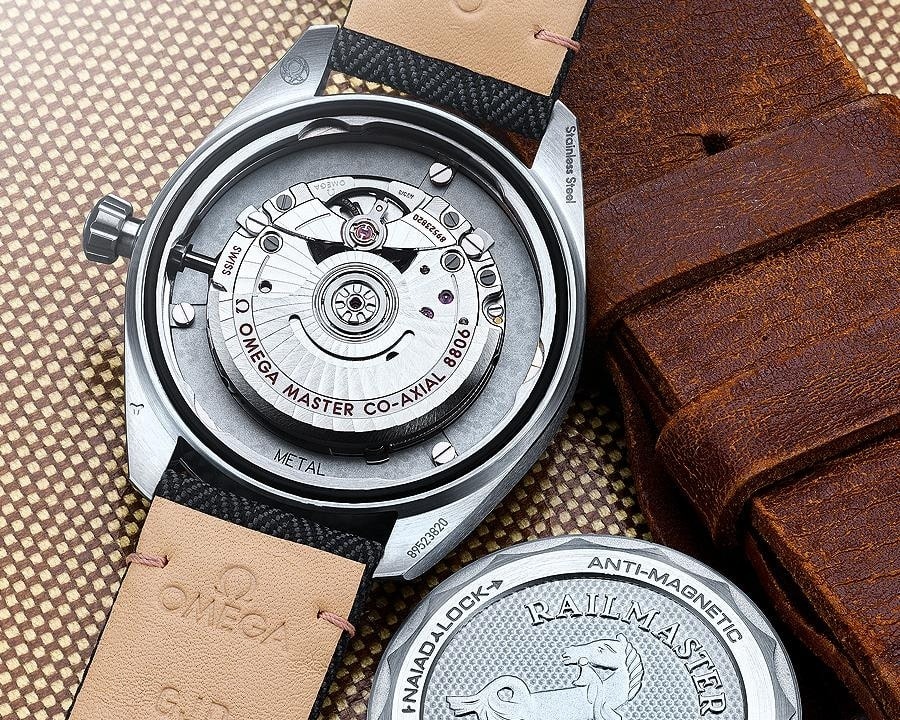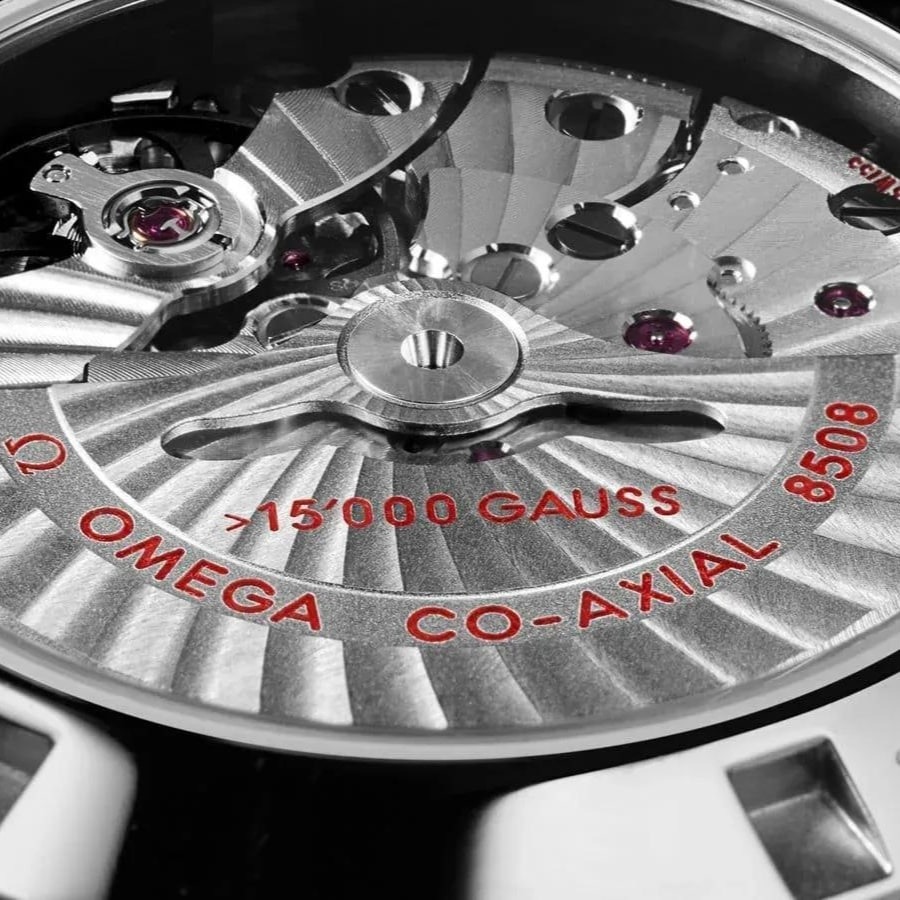Blog Replica Watches
Anti Magnetic and Its Role in Protecting Watches from Magnetic Fields
Have you ever noticed the term “Anti Magnetic” in the technical specifications of a watch, often accompanied by Gauss or A/m ratings? This article by DWatch Global will help you understand this term in greater detail.
What is Anti Magnetic in Watches?
“Anti Magnetic” refers to the ability of a watch to resist magnetic fields, and when we talk about an “anti-magnetic watch,” we are referring to watches that have excellent magnetic resistance. According to current standards, a watch needs to meet a minimum magnetic resistance of ISO 764, which equates to resistance against magnetic fields of approximately 4800 A/m.
Additional Information: The ISO 764 standard, or the equivalent German DIN 8309 standard, requires that a standard watch must withstand a magnetic field of at least 4800 A/m (≈ 60 Gauss ≈ 6 mT) when exposed directly. The watch’s accuracy in this case must remain within ± 30 seconds per day. This standard was issued in 1984 and was technically updated in 2002. The specifications are based on research simulating the operation of a watch in a direct current magnetic field with an intensity not exceeding 4800 A/m.

The latest version of the ISO 764 standard, released in 2020, added regulations for advanced anti-magnetic watches, requiring them to withstand strong, continuous magnetic fields with intensities equal to or exceeding 16,000 A/m at close range.
All watches with magnetic resistance above 4800 A/m are considered anti-magnetic watches, but to be classified as professional-grade, a watch needs to withstand magnetic fields above 80,000 A/m (equivalent to 1000 Gauss), a standard defined by the Rolex Milgauss model. Notable brands renowned for their anti-magnetic capabilities include Rolex, IWC, Seiko, and Omega.
The Impact of Magnetism on Watches
The development of anti-magnetic technology in watchmaking began in the late 19th century. Experts suggest that magnetic fields can adversely affect the movement of a watch’s hands. Therefore, the goal has been to identify and utilize materials that ensure the stability of the watch’s movement. Numerous methods have been researched and developed, contributing to the growing strength of the watchmaking industry.
Why is Magnetic Resistance Important?
What is Magnetism?
Magnetism is a natural phenomenon characterized by the attraction and repulsion between magnets and conductive materials. It is measured in units of Gauss or Tesla. Iron is a typical material that can become magnetized, and this is particularly significant for technological devices such as medical equipment and construction machinery.
Why Do Magnetic Fields Affect Watch Accuracy?
The cause of magnetization in watches often stems from electromagnetic devices like televisions, refrigerators, washing machines, and microwaves. When a watch is exposed to strong magnetic fields, internal components can be negatively impacted, leading to inaccurate movement. The balance spring and gears are the most critical components that ensure the watch’s accuracy. If these parts are exposed to magnetic fields and the spring is made of metal, the movement will be compromised.

When the balance spring becomes magnetized, it sticks together, reducing flexibility and causing the hands to move erratically, either too fast or too slow. Additionally, magnetization affects the temperature compensation of the balance spring, causing the watch to run unevenly at different temperatures.
Since the advent of anti-magnetic technology, watch movements have been better protected from the effects of magnetic fields, extending their lifespan, maintaining stability, and minimizing the impact of temperature on the movement.
Methods of Magnetic Resistance in Watches
Recognizing the harmful effects of magnetism, watch manufacturers have continuously researched and applied various anti-magnetic measures.
1. Using Magnetic Shields
One traditional method of magnetic resistance is to protect the movement with a magnetic shield, usually made from a highly permeable material. This shield attracts magnetic lines of force, helping the movement operate stably. However, this method has limitations, requiring frequent inspections and maintenance.
2. Using Anti-Magnetic Hairsprings
The balance spring, or hairspring, is a crucial part of the watch movement. Today, manufacturers have begun replacing metal hairsprings with anti-magnetic materials like Nivarox, Silicon, or Nivachron, reducing magnetization and preserving the watch’s accuracy. Brands like Tissot, Omega, and Seiko have adopted these materials in their watch production.
3. Using Silicon Escapement Wheels
The escapement wheel is a part of the mechanical movement that provides energy to the oscillation system and directly affects the watch’s accuracy. When using silicon, a non-magnetic material, watches not only gain durability but also reduce errors caused by magnetic fields. Silicon also has corrosion-resistant, lightweight, and stable properties compared to traditional materials, protecting the watch movement from environmental impacts.
Many high-end brands such as Rolex, Patek Philippe, Hublot, and IWC have implemented silicon escapement wheels in their watches, enhancing the quality and precision of their products.

You Might Be Interested In:
- 69+ High-Quality Replica Cartier Watch at DWatch Global.
- 69+ High-Quality Replica Audemars Piguet Watch at DWatch Global.
- 69+ High-Quality Replica Omega Watch at DWatch Global.
- 69+ High-Quality Replica Rolex Watch at DWatch Global.
- 69+ High-Quality Replica Hublot Watch at DWatch Global.
- 69+ High-Quality Replica Patek Philippe Watch at DWatch Global.

